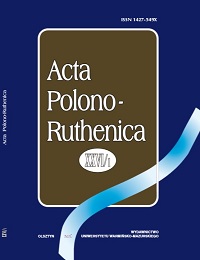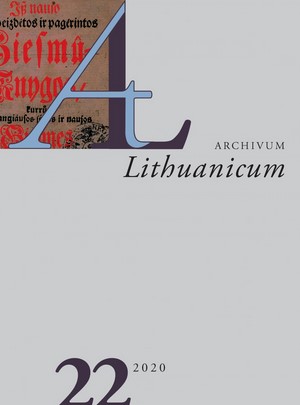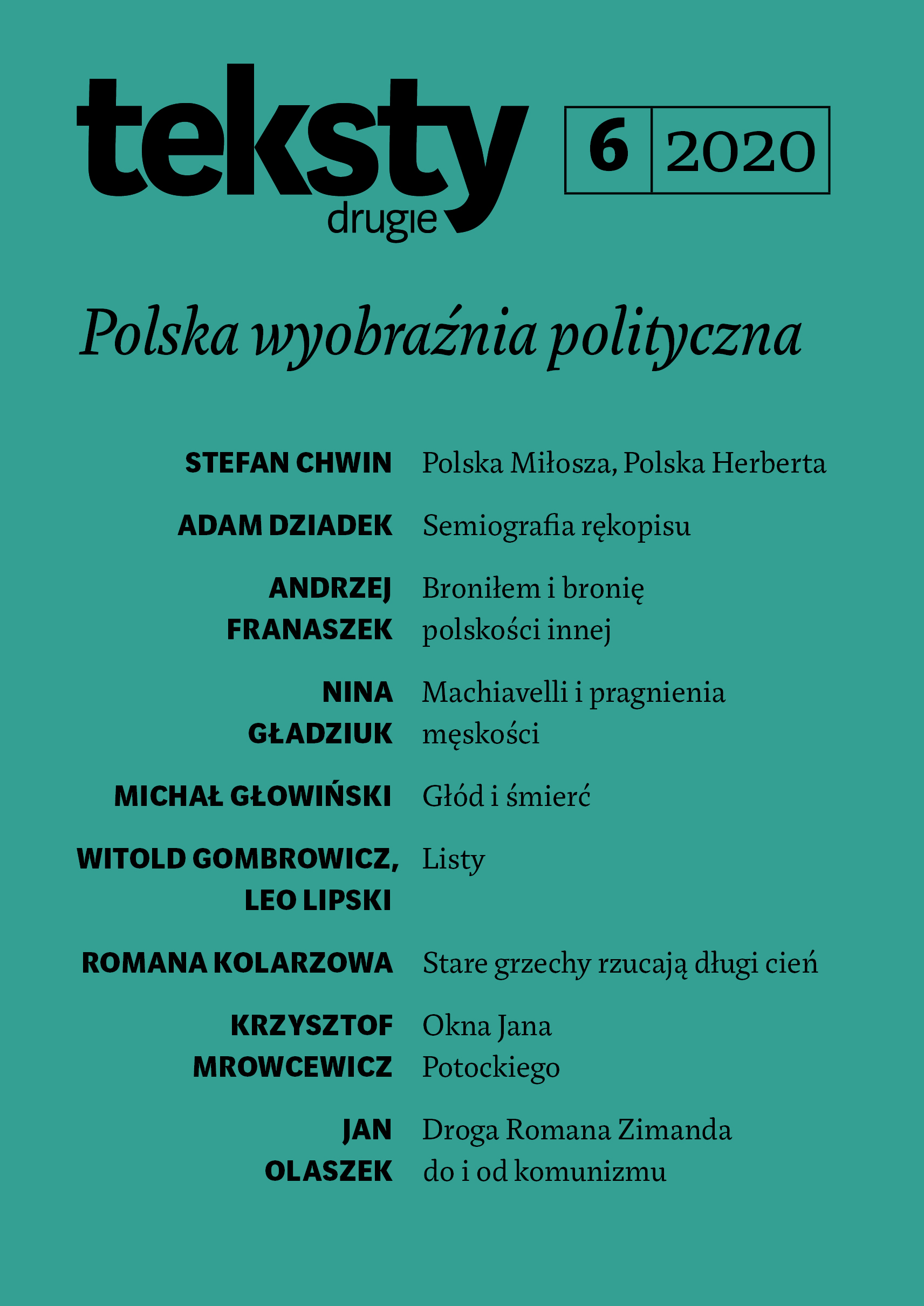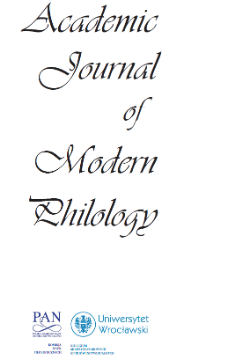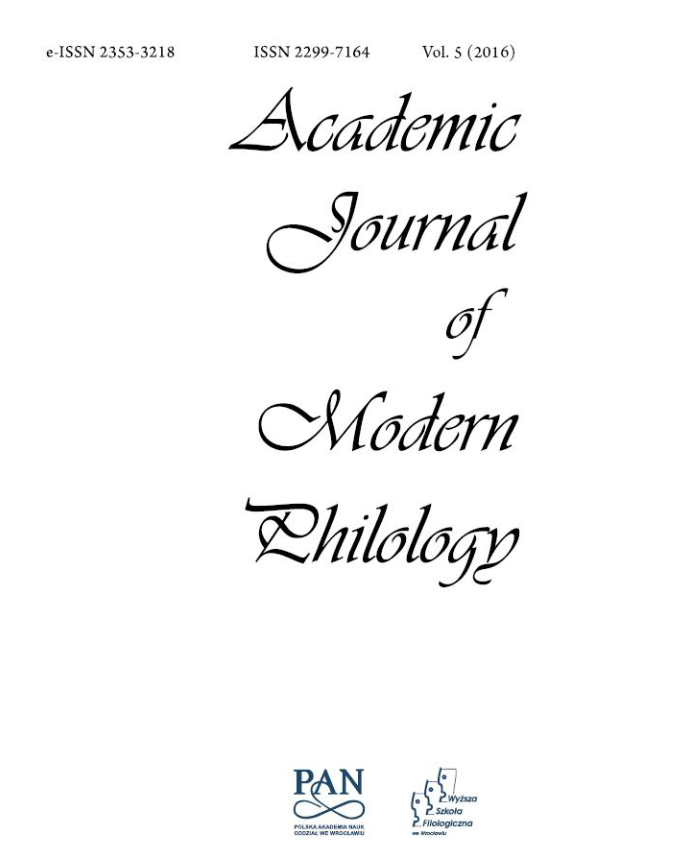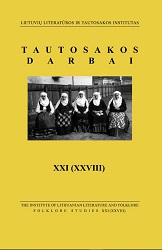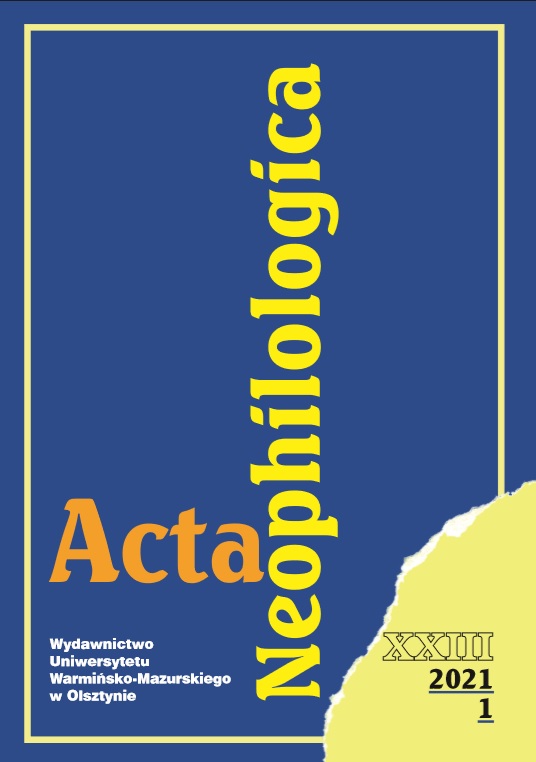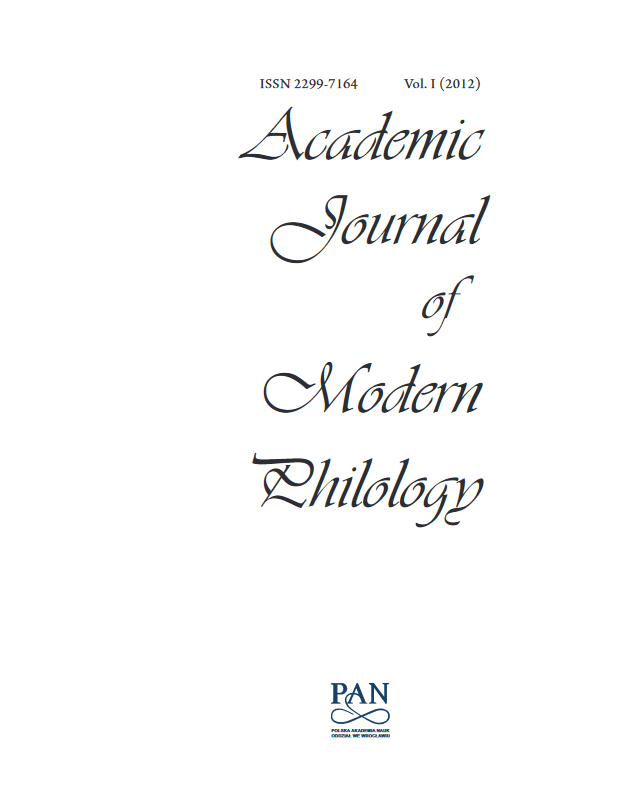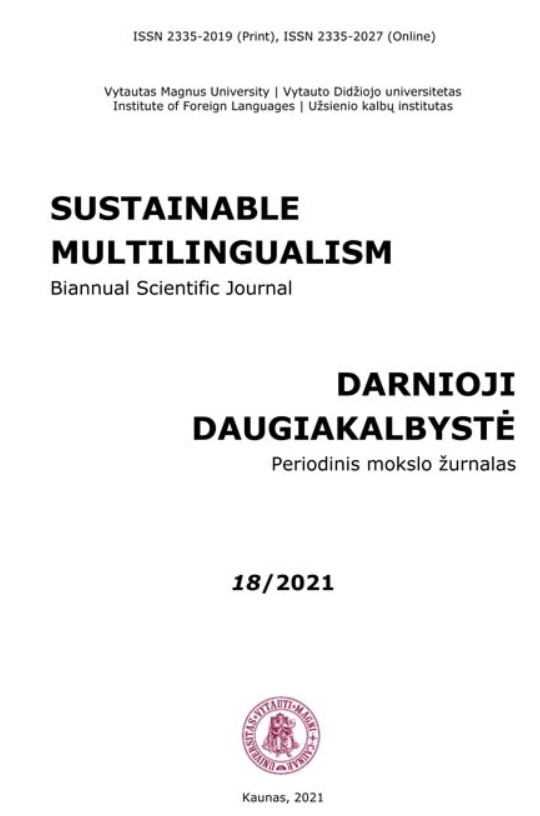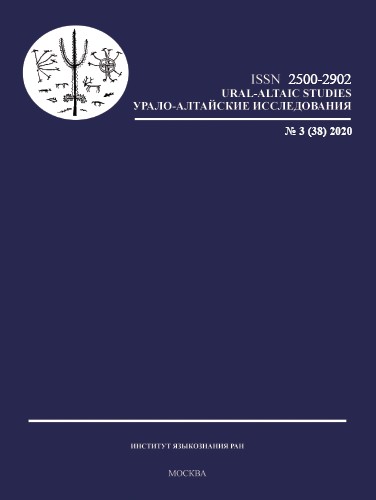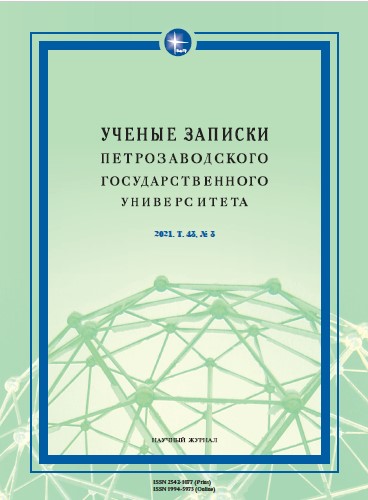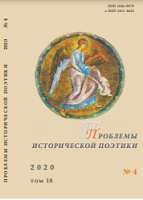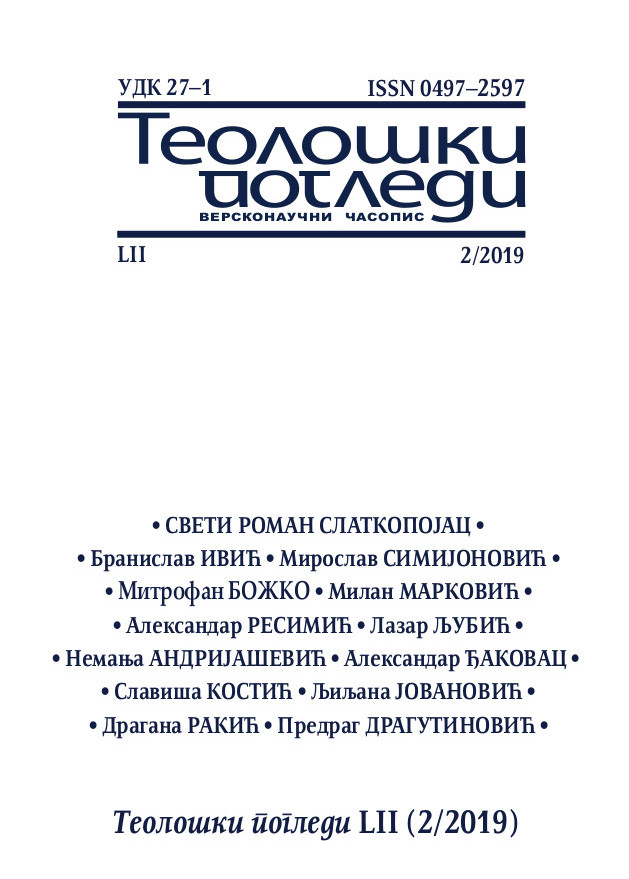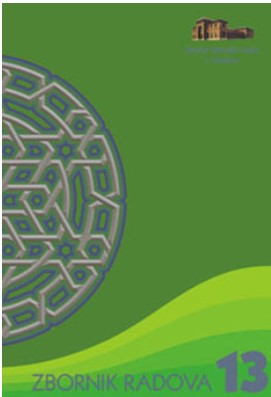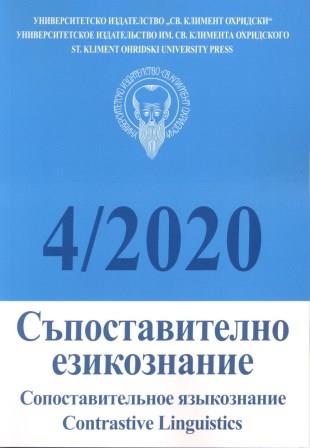Author(s): Gabija Leonavičiūtė,Dovilė Kuzminskaitė / Language(s): Lithuanian
Issue: 18/2021
Growing interest in Spanish-speaking countries in Lithuania leads to the increased number of translations of Spanish and Latin American literature. Therefore, it is important to analyse translations from Spanish into Lithuanian and vice versa to improve the quality of translation work. One of the most difficult elements to translate are culture-specific items that reveal cultural uniqueness. The novel “One Hundred Years of Solitude” by Gabriel García Márquez contains many culture-specific items related to Colombia, that could be difficult to translate. This article aims to analyse and compare translation strategies of culture-specific items from Spanish into Lithuanian, which were used in 1972 by Elena Treinienė and in 2017 by Valdas V. Petrauskas, to translate the novel “One Hundred Years of Solitude”. Firstly, this article defines the concepts of cultural elements and culture-specific items. It also discusses the classification of culture-specific items based on the works of Eugene Nida, Peter Newmark, Sergej Vlahov, Sider Florin and Laura Santamaria Guinot. Furthermore, this article describes translation strategies of culture-specific items emphasized by Amparo Hurtado Albir, Eirlys Davies, Georges L. Bastin and Pekka Kujamäki. In this research, culture-specific items are counted and described using Santamaria Guinot’s classification, which allows to claim that there are 69 different culture-specific items in “One Hundred Years of Solitude” and they are reflected by 252 examples in the text. These culture-specific items are related with concepts of ecology, social structures, cultural institutions, social universe and material culture. The most common ones are culture-specific items from the category of ‘material culture’. The results of the research allow distinguishing six translation strategies, used in different frequency: transcription, equivalence of situations, actualisation, usage of exoticism, extension and explication, and omission. Both Lithuanian translators Treinienė and Petrauskas mainly used strategies of transcription and equivalence of situations. The analysis of the translation of culture-specific items was performed using the methods of quantitative, comparative, and descriptive translation analysis.
More...

